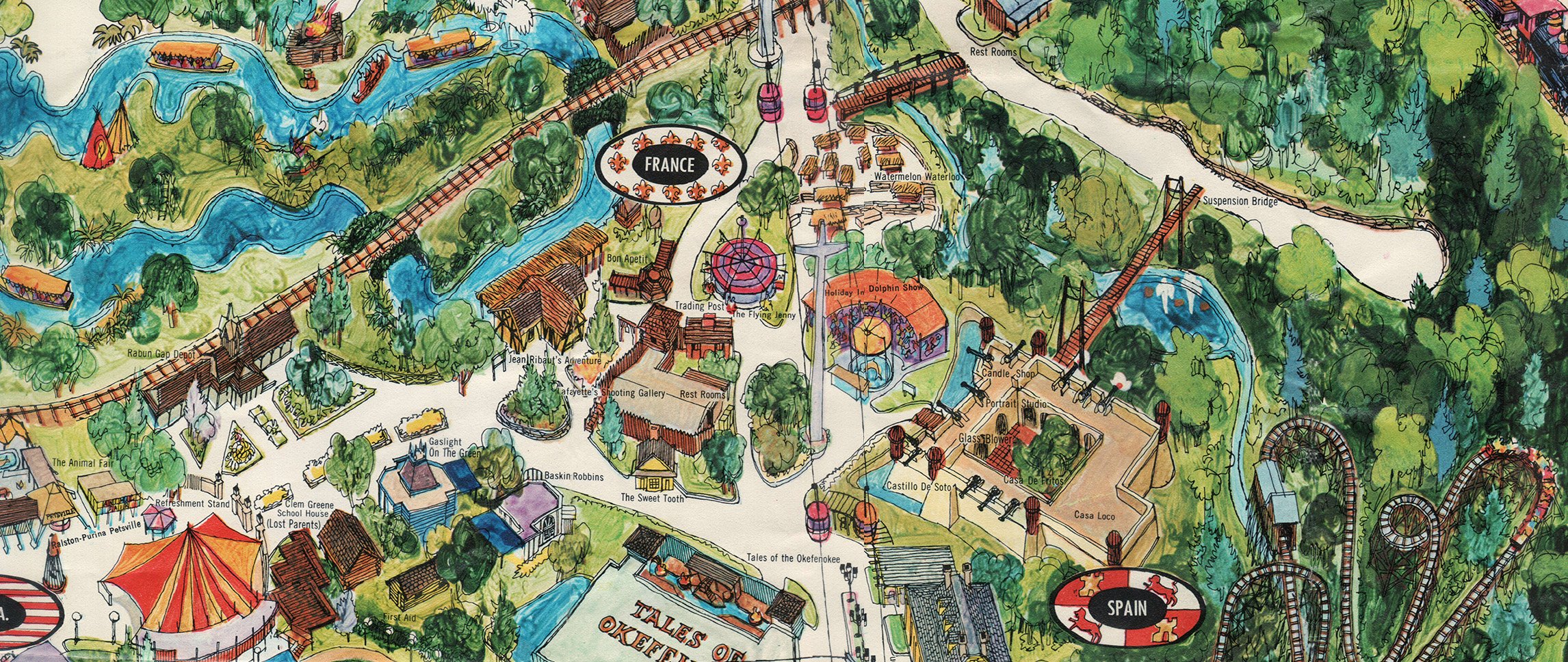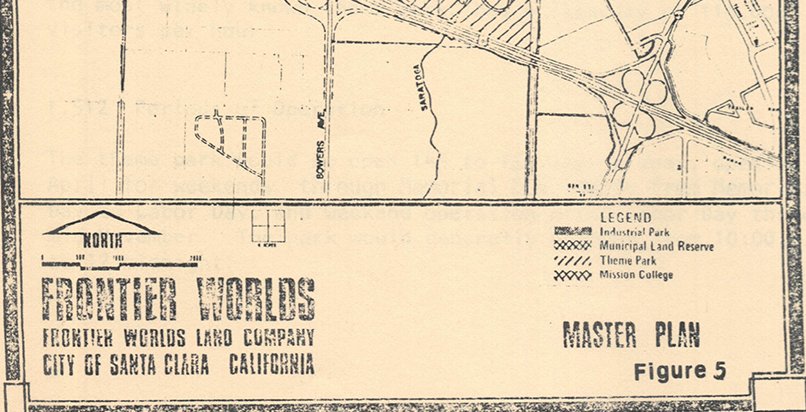
BUSCH GARDENS TAMPA
With the end of prohibition the Busch empire continued to expand and prosper, building new breweries around the country. In 1957 the company announced plans for a new $20-25 million facility in Tampa. But this would not be merely another bland industrial site. Busch wanted to try something different, as August Busch Jr. shared during the plant’s dedication in 1959: “The company wanted to do more than build just another plant...it should contribute its attractiveness and add to the beauty of the community.” Recalling his experiences as a young child at his grandfather’s gardens in Pasadena, he instructed the project’s landscape architect to do something similar. About seventeen acres would be dedicated to a hospitality center and surrounding gardens, featuring subtropical landscaping and exotic birds, with another 117 acres set aside as a retirement farm for the company’s famous Clydesdale horses.
The new Busch Gardens and brewery were dedicated March 31 and opened to the public in June. There was no admission fee, the idea being the gardens would promote the company and their product in a favorable light. Free samples and a tour of the brewery proved an effective marketing tool, and the beautiful gardens attracted visitors by the thousands. One month later operational hours were expanded to handle the crowds, and the local city planning engineer was busy figuring how to deal with parking issues that left guests abandoning their vehicles along residential streets in the area. Within ten months 800,000 visitors had come to see what the fuss was all about, many following the map published by the Tampa Bay Times in response to readers asking how to find the place.
The focal point in the gardens was the Hospitality House, a unique heptagonal-shaped structure with a “floating roof” and cantilevered balcony overlooking one of the lagoons. Guests enjoyed refresh‐ ments while listening to music in “stereophonic sound” provided by Altec speakers. Three interconnected man-made waterways were surrounded by meandering footpaths bordered by thousands of tropical trees, plants, and flowers. Devil’s Island served as home to “incorrigible” birds with clipped wings, and exotic bird shows were performed several times daily in a sunken theater. Dwarf Village was similar in concept to Disneyland’s Storybook Land with miniature hand-carved figurines from Europe; five fairytale scenes were depicted with Snow White, Red Riding Hood, Hansel & Gretel, and so on in a forest setting. The Stairway to the Stars, an outdoor eighty-six foot escalator and one of the world’s longest at the time, led to an upper floor of the brewery for the tour.















